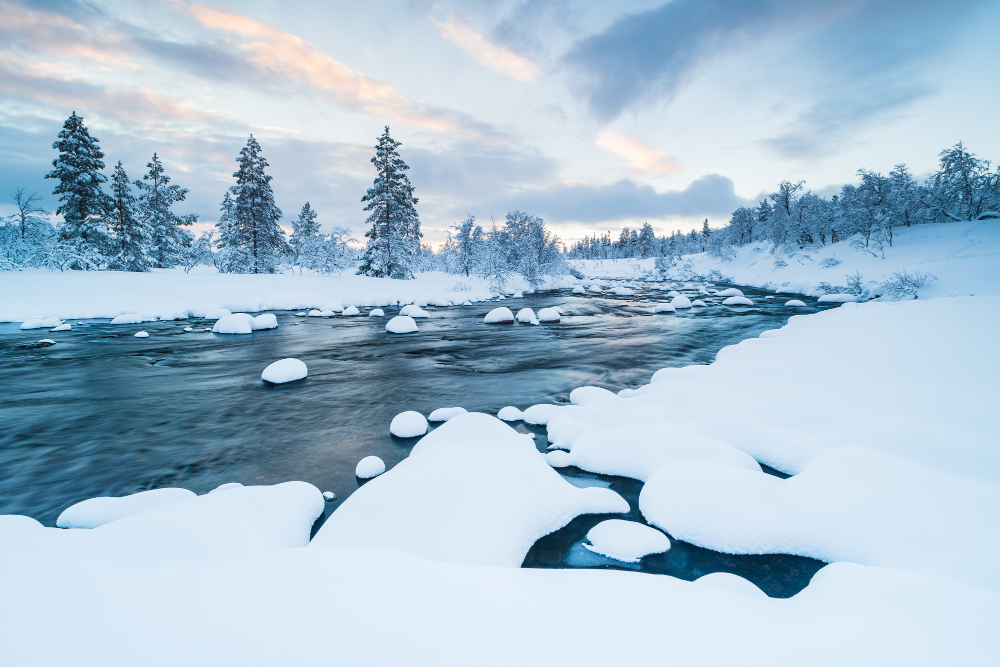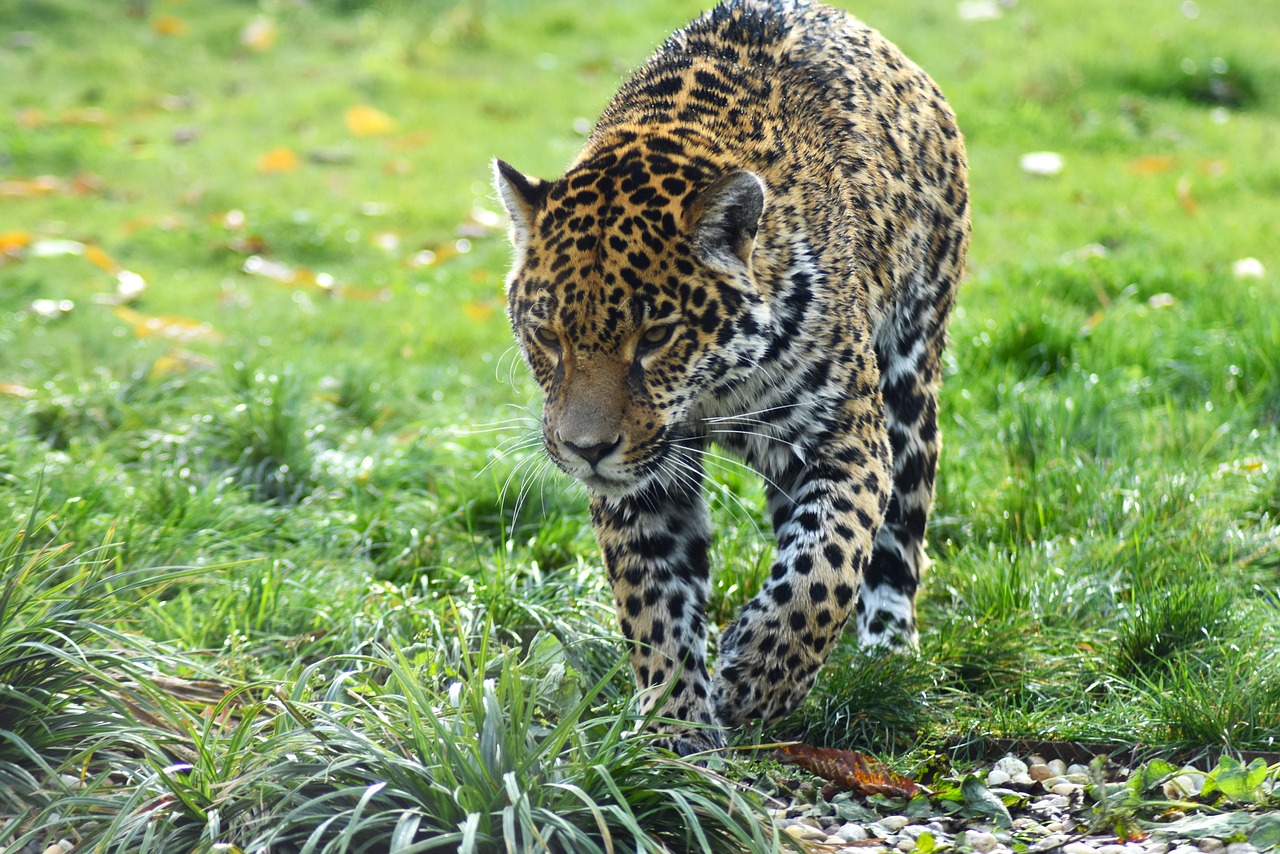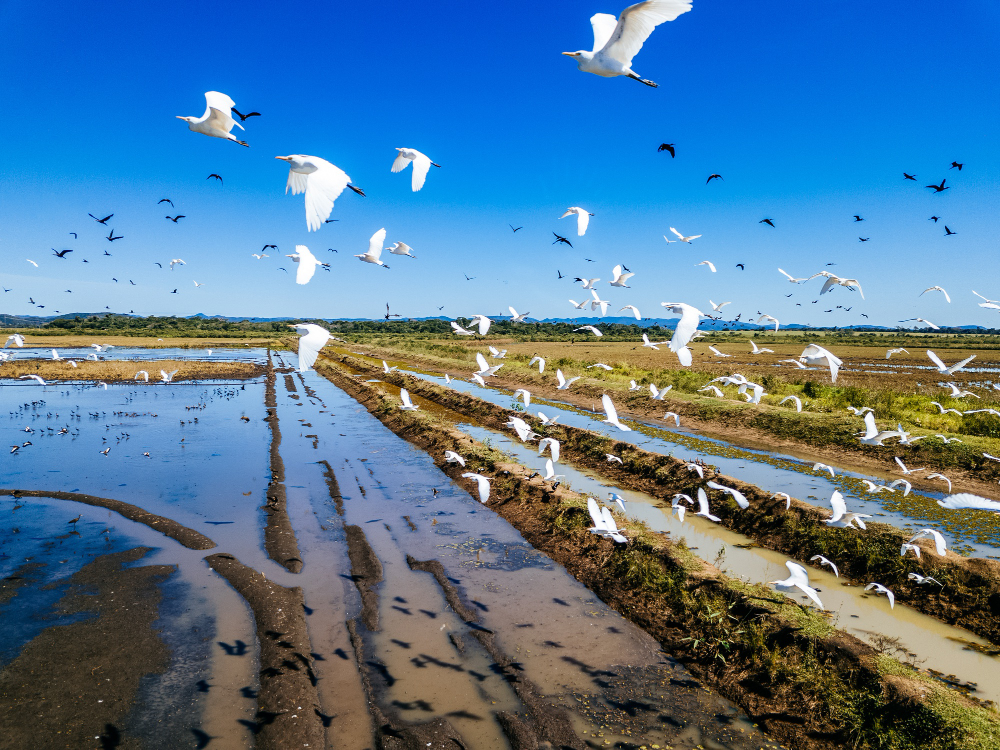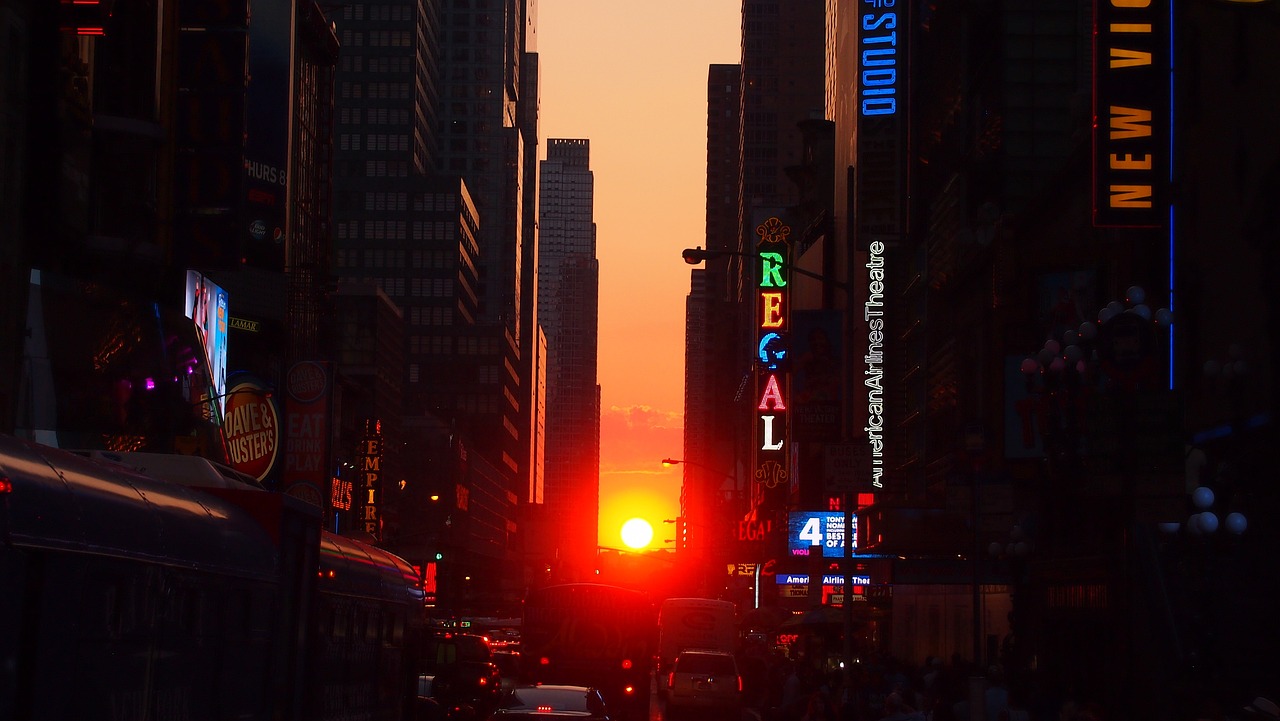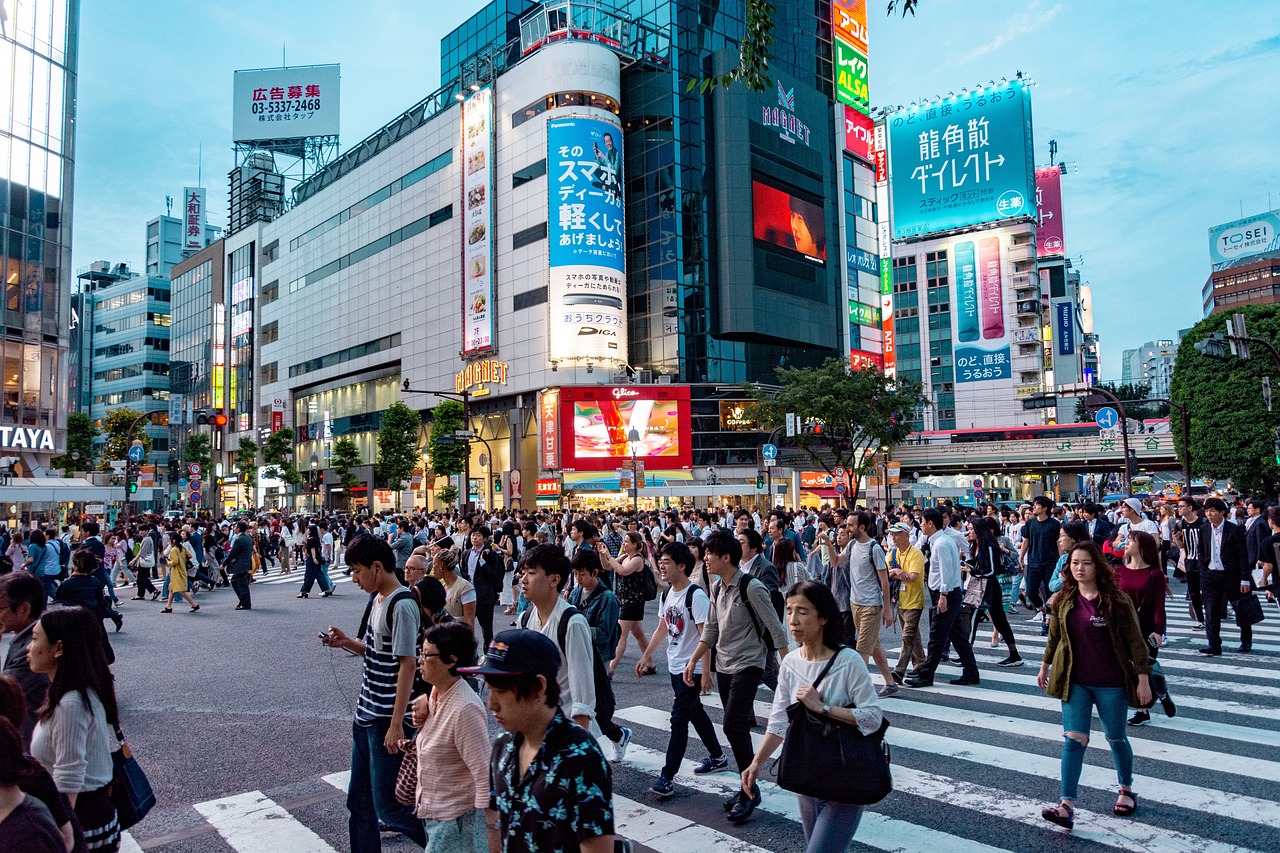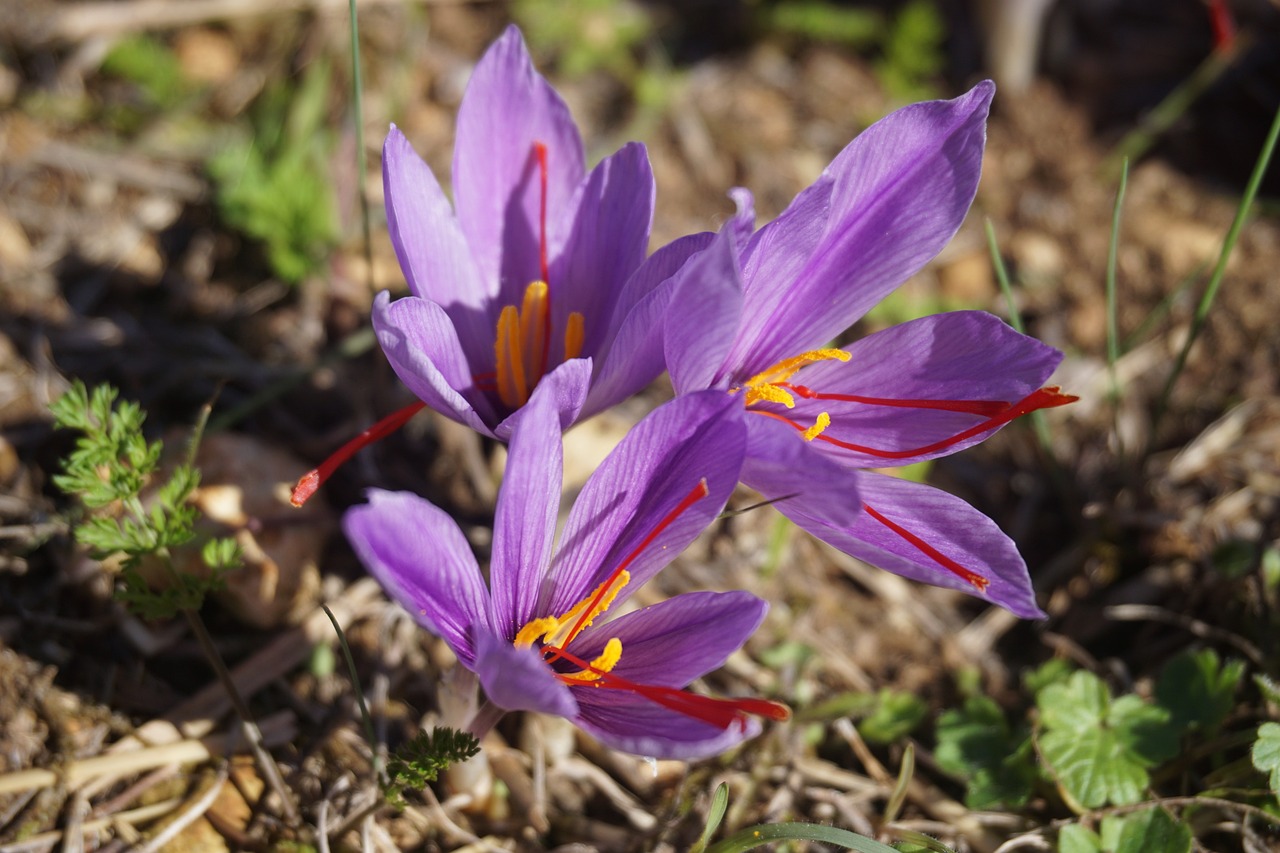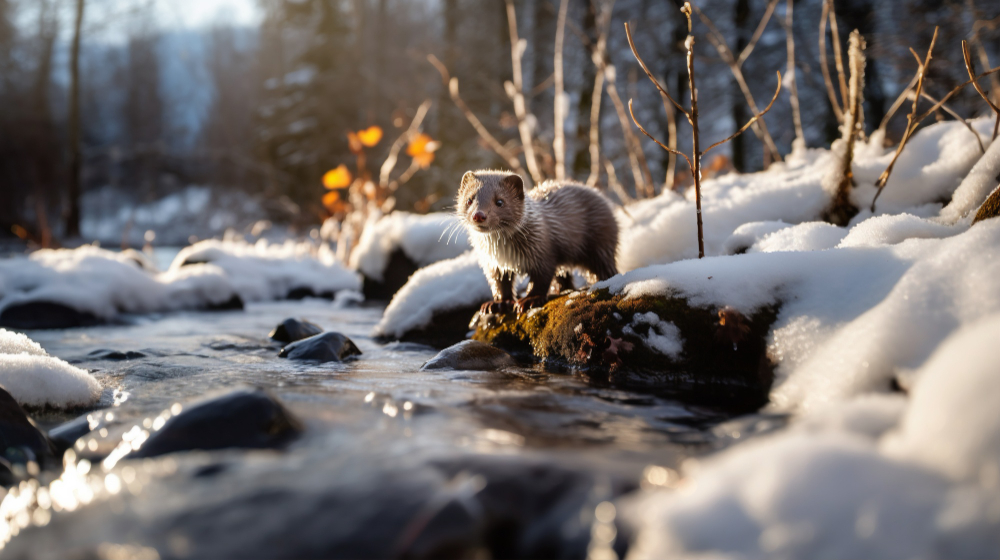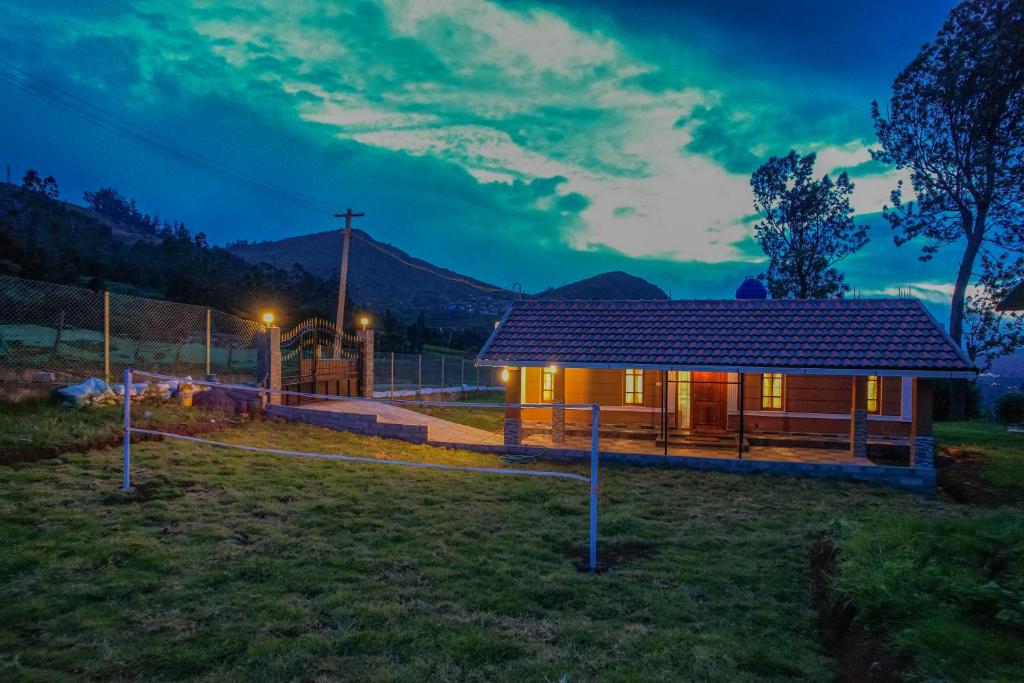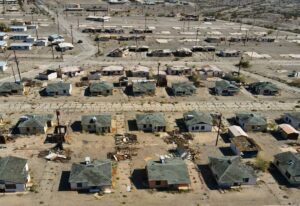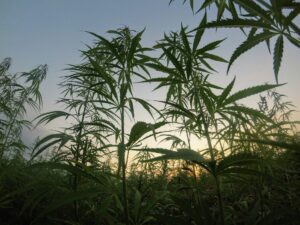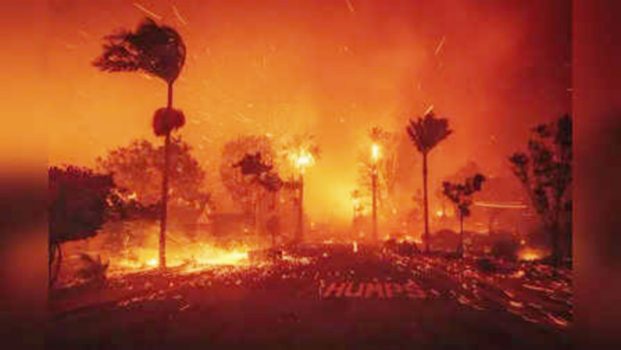

Los Angeles, a city synonymous with glamour and dreams, now finds itself shrouded in a grim reality. Raging wildfires have transformed vibrant neighborhoods into desolate landscapes, leaving a profound impact on residents and the environment.
Table of Contents
The Unfolding Catastrophe
In recent days, Los Angeles has been besieged by multiple wildfires, notably the Palisades and Eaton fires. These infernos have scorched over 27,000 acres combined, obliterating thousands of structures, including homes of Hollywood celebrities. The relentless advance of the flames has forced more than 180,000 residents to evacuate, seeking refuge from the devastation.
Tragically, the death toll has risen to six, with the latest victim discovered in the rubble of a Palisades home. Authorities fear that as search and rescue operations continue, the number of fatalities may climb further. The fires remain at 0% containment, with strong Santa Ana winds exacerbating the situation by spreading flames rapidly across the parched landscape.
A City Under Siege
The fires have not only consumed homes but have also led to significant disruptions across the city. Looting has emerged as a distressing consequence, with at least 20 individuals arrested for exploiting the chaos to ransack evacuated properties. Los Angeles County Sheriff Robert Luna has issued stern warnings, emphasizing that such criminal activities will not be tolerated and that offenders will face stringent penalties.
The destruction extends beyond residential areas, with critical infrastructure and cultural landmarks at risk. While misinformation and AI-generated images have caused panic about the safety of iconic sites like the Hollywood Hills sign, officials have reassured the public that these landmarks remain unscathed.
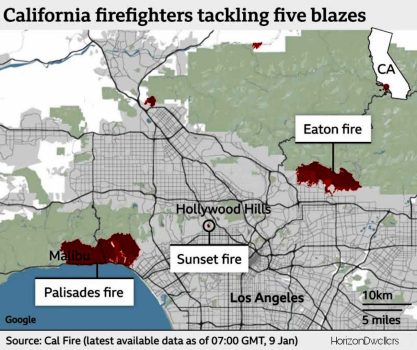

Image source: Cal Fire, BBC
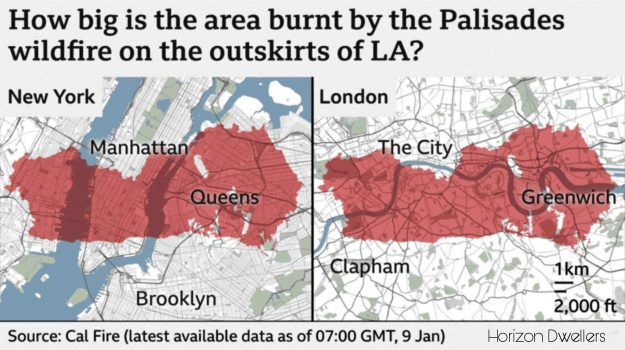

Image source: Cal Fire, BBC
Causes Behind the Inferno
The Los Angeles wildfires are not merely the result of an unfortunate accident; they are the consequence of a confluence of natural and human-induced factors that have created the perfect storm for disaster. Understanding these elements is crucial to grasping the scale and intensity of the wildfires and to developing strategies for preventing such catastrophes in the future.
Drought and Vegetation
One of the most critical factors fueling the wildfires is the prolonged drought that has gripped the region. Southern California has experienced an extended dry spell, leaving vegetation desiccated and highly flammable. The natural chaparral ecosystem, characterized by dense, shrubby plants, is particularly vulnerable during such dry conditions. This ecosystem is adapted to fire, but the intensity and frequency of recent fires have exceeded what it can naturally handle.
The dried underbrush, combined with the accumulation of dead plant material, has created a vast, combustible fuel bed. When a spark is introduced, whether from natural causes like lightning or human activities, these dry materials ignite rapidly, causing the fire to spread uncontrollably. The lack of moisture in the vegetation ensures that once a fire starts, it becomes exceedingly difficult to extinguish, leading to the large-scale destruction witnessed in recent events.
Santa Ana Winds
Adding to the danger is the presence of the notorious Santa Ana winds. These strong, dry winds blow from the interior deserts towards the Pacific coast, typically during the fall and winter months. They are a well-known feature of Southern California’s climate, often reaching hurricane strength with gusts exceeding 70 miles per hour. These winds have a dual impact on wildfire behavior: they dry out already parched vegetation even further and accelerate the spread of flames.
The gusts can carry embers over long distances, igniting spot fires miles away from the main blaze. This makes containment efforts incredibly challenging for firefighters, as they have to deal with multiple, rapidly spreading fire fronts. The combination of high winds and dry vegetation creates a volatile environment where fires can grow exponentially in size and intensity within a short period.
Climate Change
Climate change has been a significant contributor to the increasing severity and frequency of wildfires in Southern California. Rising global temperatures have led to more prolonged and intense heatwaves, further drying out the landscape. The warming climate has also altered precipitation patterns, resulting in reduced rainfall and extended drought periods. These changes have created ideal conditions for wildfires to ignite and spread.
Experts assert that the impact of climate change on wildfire behavior cannot be overstated. The increased frequency of extreme weather events, such as heatwaves and droughts, has made the region more susceptible to wildfires. The feedback loop is concerning: wildfires release significant amounts of carbon dioxide into the atmosphere, contributing to greenhouse gas emissions and exacerbating climate change, which in turn creates conditions for more wildfires.
Human Factors and Accountability
Beyond natural factors, human negligence and policy failures have also played a significant role in exacerbating the wildfire crisis. Critics have pointed to years of warnings about the dangers posed by accumulated underbrush and the need for proactive vegetation management. Despite these warnings, state and local officials, including LA Mayor Karen Bass and California Governor Gavin Newsom, have faced criticism for inadequate action.
Budget cuts and resource limitations have hampered efforts to manage the underbrush and implement effective wildfire prevention measures. Controlled burns, which are used to reduce the amount of flammable vegetation, have been underutilized due to funding constraints and logistical challenges. The lack of sufficient preventive measures has left the region vulnerable to the devastating effects of wildfires.
The expansion of residential areas into the urban-wildland interface has further compounded the problem. This zone, where human habitation meets natural landscapes, is inherently risky during wildfire season. As housing developments encroach upon these areas, the potential for fires to spread into populated zones increases. This expansion has made it more difficult to contain fires and protect lives and property, emphasizing the need for more strategic urban planning.
Stories of Loss and Resilience
The human impact of the wildfires is immeasurable. Families have been uprooted, losing not only their homes but also irreplaceable personal belongings and memories. The emotional toll is profound, with many residents grappling with the trauma of sudden displacement and the uncertainty of what the future holds.
Amidst the devastation, stories of resilience and community solidarity have emerged. Neighbors have come together to support one another, offering shelter, resources, and comfort. Local organizations and volunteers have mobilized to provide aid, exemplifying the indomitable spirit of Angelenos determined to rebuild and recover.
Environmental Impact
The environmental consequences of the wildfires are severe. The destruction of vast tracts of vegetation has disrupted local ecosystems, threatening wildlife habitats and leading to soil erosion. The loss of plant life also means a reduction in air quality, as the natural filtration provided by trees and shrubs is diminished.
The fires have released significant amounts of carbon dioxide into the atmosphere, contributing to greenhouse gas emissions and potentially exacerbating climate change. The long-term ecological recovery will require concerted efforts in reforestation and habitat restoration to heal the scarred landscape.
A Call to Action
The Los Angeles wildfires serve as a stark reminder of the urgent need to address the factors contributing to such disasters.
- Enhanced Vegetation Management: Regular clearing of underbrush and the implementation of controlled burns can reduce the amount of fuel available for wildfires.
- Infrastructure Upgrades: Investing in resilient infrastructure, such as underground power lines, can minimize ignition sources during high wind events.
- Climate Action: Addressing the broader issue of climate change through policies aimed at reducing greenhouse gas emissions is crucial to mitigating the conditions that lead to severe wildfires.
- Community Preparedness: Educating residents about evacuation plans, fire-resistant building materials, and creating defensible spaces around properties can enhance community resilience.



